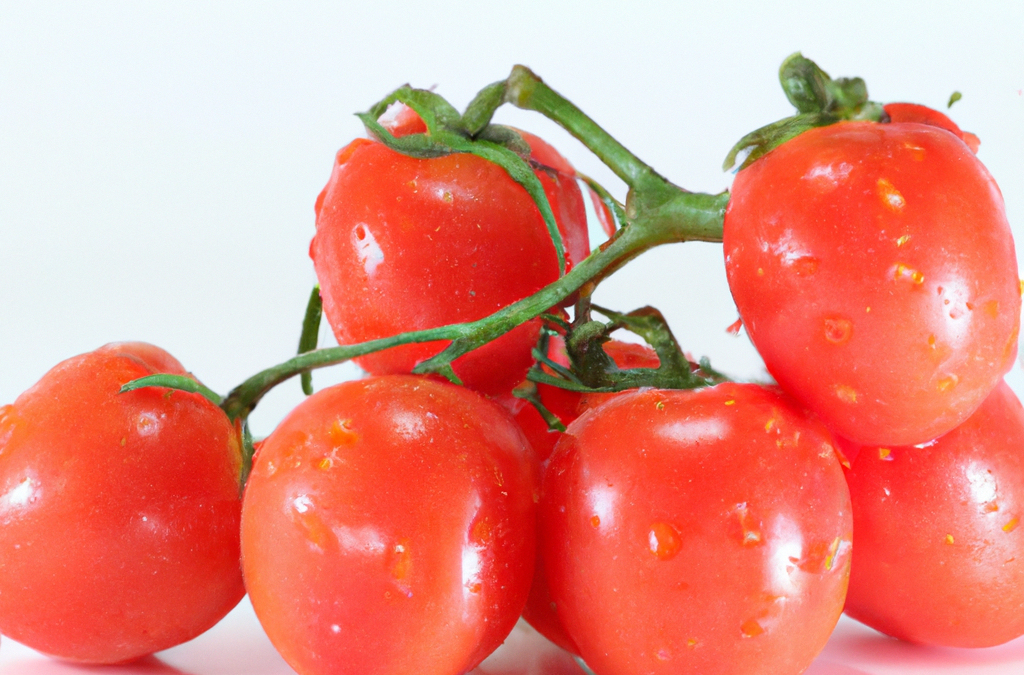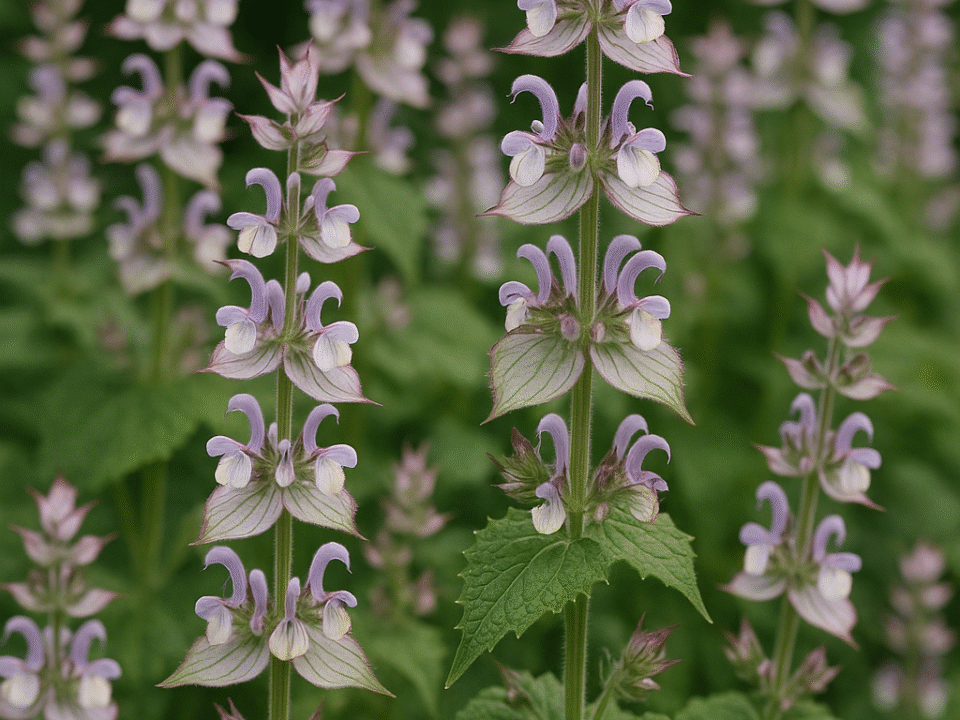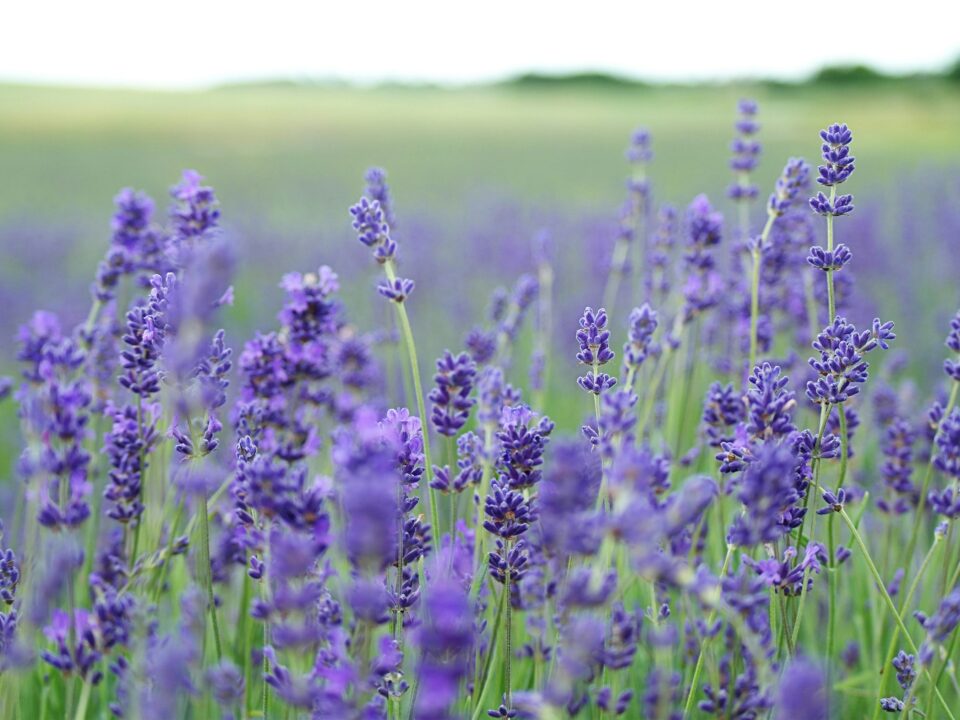
Lycopene, categorized as a tetraterpene and a carotene, is a natural compound. Derived from the Neo-Latin Lycopersicon, denoting tomatoes, it is a vivid red carotenoid hydrocarbon present in red fruits and vegetables, notably tomatoes, red carrots, watermelons, grapefruits, and papayas. However, it is absent in strawberries and cherries. Carotenoids like lycopene are situated in photosynthetic pigment-protein complexes within various organisms, bestowing the red and orange hues to fruits and vegetables. Besides coloration, they aid in photosynthesis and protect against excessive light damage. Lycopene holds a significant position in carotenoid biosynthesis, including beta-carotene and xanthophylls.
Recently, it has garnered attention for its potential in skincare, boasting antioxidant properties predominantly found in tomatoes and other red fruits. Lycopene is incorporated into various skincare products like serums, creams, and oils, enabling direct application to the skin, maximizing absorption and benefits. Its recognition for multifaceted skin health benefits continues to grow, with its potential to protect against UV damage, stimulate collagen production, and offer a comprehensive approach to achieving healthy, radiant skin.
Lycopene, a potent antioxidant, counteracts harmful free radicals that trigger oxidative stress and cell damage. This damage manifests as wrinkles, fine lines, and other signs of skin aging. Additionally, it can lead to more severe skin conditions like skin cancer. By neutralizing free radicals, lycopene preserves skin health and delays the aging process.
In addition to protecting the skin from free radicals, lycopene stimulates collagen production. Collagen, a critical protein providing structure and elasticity to the skin, diminishes with age, resulting in sagging skin and wrinkles. Lycopene’s collagen synthesis stimulation helps maintain skin firmness and elasticity, contributing to a youthful appearance.
While lycopene is not a substitute for sunscreen, this natural pigment found in certain fruits and vegetables has garnered attention for its potential sun-protection capabilities. Lycopene absorbs and neutralizes harmful ultraviolet (UV) radiation from the sun. UV radiation is a major cause of skin damage, including sunburn, premature aging, and an increased risk of skin cancer. Lycopene’s UV ray absorption helps reduce the penetration of these damaging rays into the skin.
Sun exposure can trigger skin inflammation. Lycopene possesses anti-inflammatory properties that can help calm and soothe the skin, minimizing redness and irritation caused by UV radiation. By reducing inflammation, lycopene supports the skin’s natural healing process.
UV radiation can cause DNA damage in skin cells, increasing the risk of mutations and potentially leading to skin cancer. Lycopene’s ability to scavenge free radicals and reduce oxidative stress can help safeguard the integrity of DNA, reducing the risk of cellular mutations.
While lycopene offers sun-protection benefits, it should not be considered a standalone method of sun protection. It is crucial to follow established sun-safe practices, including wearing broad-spectrum sunscreen, seeking shade, and wearing protective clothing. Combining lycopene-rich foods or lycopene-containing skincare products with these sun-safe measures can provide an additional layer of defence against the damaging effects of the sun.
Overall, lycopene is well-tolerated by the majority of people and is safe to use on a daily basis if they do not have an allergy to the ingredient. Although rare, allergic responses to lycopene can manifest, particularly when applied topically. These reactions may manifest as hives, itching, or redness. If an individual experiences such symptoms, discontinuing lycopene use and seeking medical attention is advisable. It is important to underscore that while lycopene can aid in shielding the skin from sun damage, it cannot replace the need for a broad-spectrum sunscreen. Daily application of sunscreen and adherence to other sun protection practices, such as wearing a hat or seeking shade during peak sunlight hours, remain essential.



